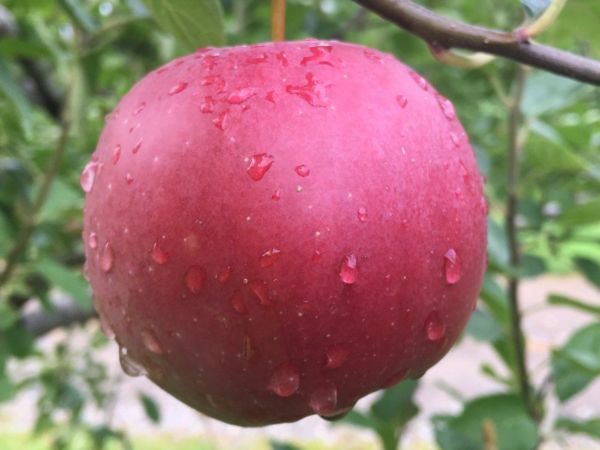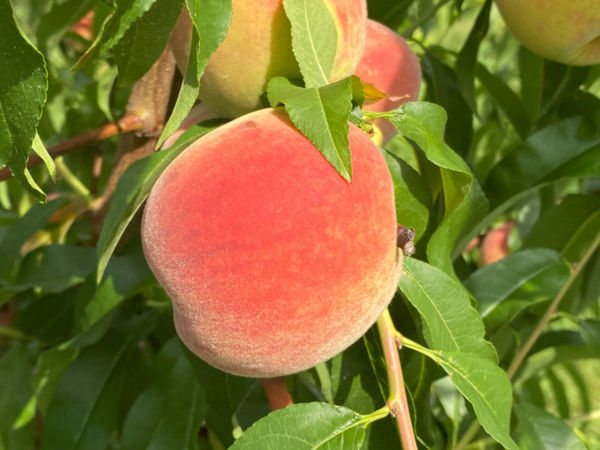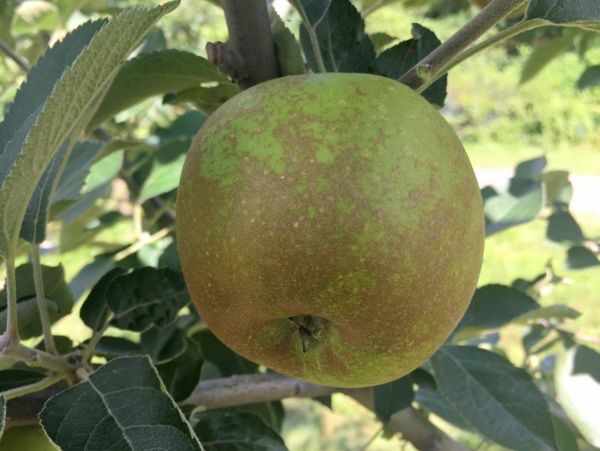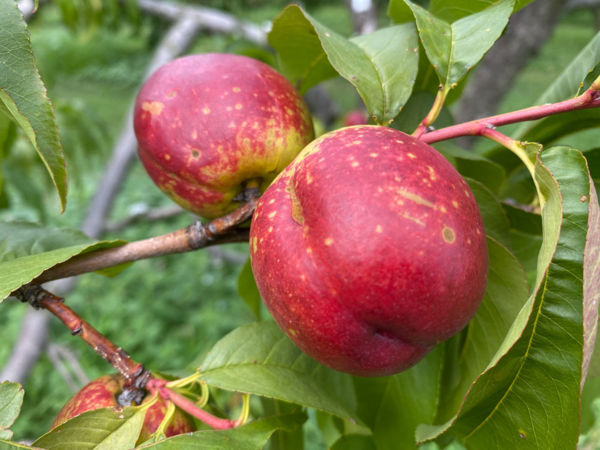An attractive, highly disease-resistant apple, ideal for organic growers.
Pseudomonas
Fruits Affected
Also See
Fruit Tree Diseases and Pests: An IntroductionList of Common Fruit Tree Diseases and Pests
Pseudomonas bacteria are found in moist conditions practically everywhere. You probably have a few between your toes right now. The specific bacterium that causes "blossom blast" of pear trees, Pseudomonas syringae pv. syringae also causes bacterial canker on stone fruit.
Symptoms
Darkening and die-back of blossom clusters.
Organic Treatments
This disease has no reliable chemical controls. You are likely to encounter it only if a late frost coincides with bloom, and the disease will usually cease to spread after bloom. You should, of course, be careful to protect your trees from damage as much as you can, as open wounds leave them vulnerable to all manner of nasties.
Conventional Treatments
Same as organic treatments.
Disease Cycle
Pseudomonas bacteria are found in moist conditions practically everywhere. You probably have a few between your toes right now. The specific bacterium that causes "blossom blast" of pear trees, Pseudomonas syringae pv. syringae also causes bacterial canker on stone fruit. The disease is most active in cool, wet weather, and it is spread by splashing water and insects. Outbreaks are associated with frost during bloom, as frost damage of the tender blossom allows the pathogen to enter the plant.
The symptoms of pseudomonas are easy to spot: dramatic blackening and die-back of blossom clusters. This can be mistaken for fire blight, but fire blight is usually accompanied by a sticky, orange-brown ooze that is absent in this case, and fire blight is usually visible later in the growing season. Pseudomonas can occasionally also cause die-back of shoots and spurs, leaf spots and "shot holes," and cankers.
For more information, see the New England Tree Fruit Management Guide Factsheet on Blossom Blast.
Featured Products
A few things we're loving right now...
A full-flavored, freestone white peach.
One of America's oldest apples, good for storage, baking, and cider.
A widely-grown, large, yellow-fleshed nectarine.












